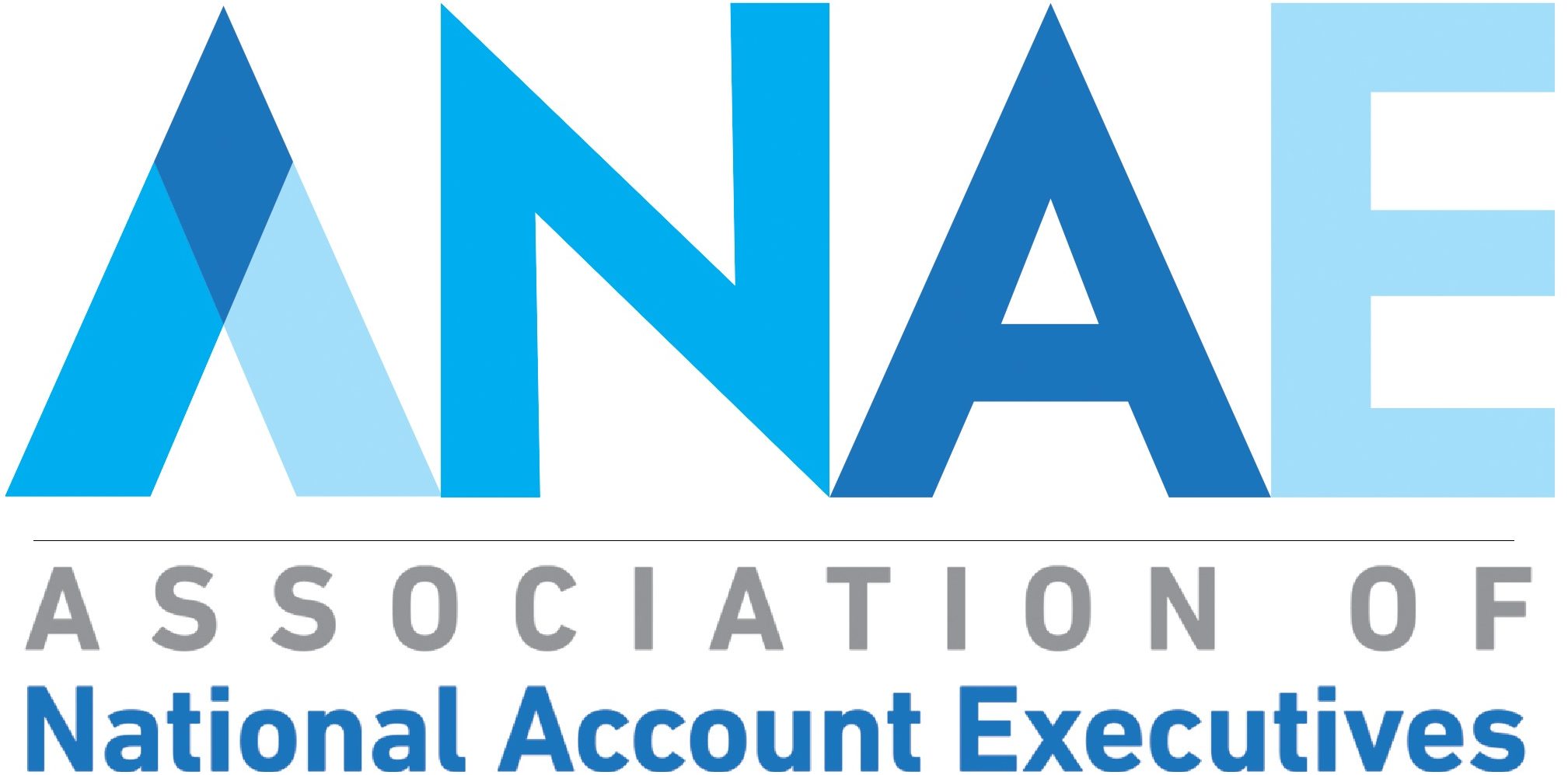- 8 Tactics for Negotiation with GPOs (Group Purchasing Organizations) - July 13, 2021
- Why I am not responding to your email - September 23, 2020
- FAH Conference 2020: Key Takeaways - March 4, 2020
I have travelled the nation for over 13 years talking about Hospitals, IDNs and GPOs to suppliers regarding the trends and best practices for gaining market share with these organizations. A few years ago as the industry started to make eye contact with healthcare reform, I was flooded with inquiries about Accountable Care Organizations. I would use the visual of a unicorn in my presentations and make the statement;
“ACOs are like unicorns. No one has ever seen one, but they know exactly what it looks like.”
While this gimmick is somewhat tongue in cheek, there is an element of truth to it. We’re starting to see what ACOs look like and how they will influence purchasing and contracting decisions in our Healthcare Supply Chain.
Share Moving Media has been tracking the formation of ACOs for the past couple years. As of Jan. 1, 2012 we had profiled 130 ACOs. Today we’re tracking 434 ACOs!
- 32 Medicare Pioneer ACOs
- 221 Medicare Shared Savings Participants
- 181 Commercial ACOs
Think of Commercial ACOs as a consortium of providers assembled to negotiate with commercial payers, and even employers, under the same tenants Medicare ACOs have contracted with CMS. Many Commercial ACOs have created collaborations with competing IDNs as well as payers. For example, in the state of Kentucky, fierce competitors Norton Healthcare and the University of Kentucky have joined with Aetna to form an ACO. In Atlanta, Piedmont and Cigna have joined forces. It wasn’t long ago these organizations were in the midst of a heated negotiation and nearly cut off business with each other.
Every day, it seems like a new ACO is forming. In 2009, I attended the Premier Breakthroughs Conference and was floored with the amount of discussions on ACOs. My curiosity peaked, I dove in and started studying ACOs. The first thing I did was set up a Google News alert for Accountable Care Organizations, and weeks would go by without a single press release coming through. Now, every day I receive dozens of releases with the same feed. In fact, yesterday I saw news of the first ACO formed to negotiate with Medicaid … a Medicaid ACO.
So for years I have understood how ACOs have formed to negotiate with payers (CMS, Commercial Payer, Employer, etc.) and to put in place contractual parameters of how those payments are distributed amongst the stakeholders. The ACOs are obviously the leaders of moving our nation from a fee-for-service reimbursement environment to a fee-for-value system. But until recently, I struggled with connecting the dots on what that would mean to how products and services will be purchased and contracted for in an ACO.
I am not here to purport that my crystal ball is completely clear, but it’s less foggy. With the big systems growing and the small systems evaporating, I think we will see the larger IDNs flex more and more muscle. We are seeing it today with their negotiations with suppliers as they demand decreased costs on supplies and are deploying massive standardization and utilization initiatives.
As theses IDNs (the major healthcare providing component of ACOs) are covering more and more cost of episodic care, they will start to have a larger hammer to decide what they offer patients, what they charge insurance companies and what products and services they purchase and consume.
Now more than ever, I give suppliers a couple of tried and true pieces of advice;
1- Know your customer. The best suppliers always take great interest in an IDN’s financial situation; Payer mix, strategic imperatives, mission, vision and values. Now, add to your due diligence to understand the IDN’s ACO relationship, and that ACO’s strategy for Medicare, Medicaid, Commercial Payers and Employers. Having this new insight will give you a great indication of how aggressive the ACO will be in negotiating with all stakeholders.
2- Make sure your value proposition aligns with the Triple Aim focus of healthcare reform — decreasing cost, increasing quality and enhancing patient experience. This triad of measurements is the new currency in the era of reimbursement reform. Your organization should know from top to bottom how you are helping the IDN, healthcare provider and patient in all three of these areas.
Rarely do you see healthcare providers not leverage aggregation opportunities. In the last few weeks, we have seen national and state ACO trade organizations form to advocate on behalf of their ACO memberships. It would not surprise me to see these organizations courted by GPOs or form the competence themselves to aggregate volume in return for supplier concessions.
Thanks for reading this post. As always I would love to hear your thoughts!
